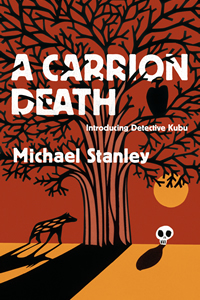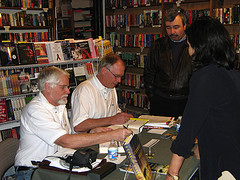
I thought that I’d tied up the last few dangling loose ends of this extended (not to mention new and improved!) series on synopsis-writing, honest I did. I fully expected to be moving on to that last common query and submission packet ingredient, the author bio.
The muses had other ideas about how I should spend my day, apparently.
How do I know what the Old Girls are up to these days? Oh, I interpret omens, like everybody else involved in publishing: for some reason mortals are powerless to explain, for instance, Dan Brown’s prose continues to be super-popular while the work of many a fine author wielding subtle plot devices and interesting sentence structures languishes on the remainder table. While many a book-watcher would conclude that this is a sure sign that the Muses are either in a collective coma or on a very, very long vacation, I choose to take it as an indication that the Ladies on High would simply like all of us to pay a trifle less attention to the bestseller lists.
Sometimes, though, the messages from the muses are a trifle more direct. Take, for instance, the three nearly identical questions posted by three apparently unrelated readers within the last few weeks:
But what if the directions don’t give a specific length? Are you expected to include a 5-pg or the 1-pg version? (I’m assuming the 1-pg is this mysteriously vague “brief synopsis.”)
Could you mention again what each {length of} synopsis is used for? So many agents on my list ask for a “brief synopsis” and I have no idea how many pages “brief” is supposed to be.
I do have a question, though, which you may have already addressed: If submission guidelines don’t state the length of the synopsis, what should I assume? Five pages, or one? I’ve also seen the term, “two-page treatment.”
Strikingly similar, aren’t they? Is there some sort of epidemic of vagueness suddenly striking agencies’ websites this month, or are aspiring writers not reading as well as they were a month ago? Or is that rumor going around again, the one that maintains that agents have started deliberately adding misleading guidelines in the hope of confusing aspiring writers into being afraid to query?
Oh, yes, one does hear that little gem from time to time. It’s one of the great writerly urban legends, second only to the whopper about every agency in the country’s subscribing to a secret service that tells them at a click of a button whether any other agency has already rejected the query in front of them. Another popular myth: agencies keep such meticulous records of queries that if an aspiring writer queries, spends five years completely revising the manuscript, then queries again, the agency screener will instantly recognize it as a book they’ve been offered before and reject it accordingly.
Those of us whose job it is to translate between writers and those on the other side of the submission desk spend a lot of time quelling those sorts of fears. No matter how many times you hit them with the stick of truth, they rise again to trouble the sleep of aspiring writers.
Even if these questions were in response to a new set of urban myths or a fad in submission guideline-writing, it would have been tempting to assume that they weren’t: since none of the askers showed the ambiguity in context (by including more than a couple of words they found confusing in quotes, for instance), I’m basically having to guess what they find objectionable about the phrase brief synopsis.
Is it the fact that the term is redundant by definition? Or are they just miffed because not every set of agency guidelines gives specific length restrictions for synopses?
Experience tells me that it’s almost certainly the latter. How do I know? Because not only am I constantly hearing from writers panicked because they’re not certain that they are following rules correctly — sometimes because the guidelines are ambiguous, sometimes because they’re simply uncomfortable with not having their work checked for accuracy before they submit it, both completely legitimate reasons to consult a freelance editor — but I am constantly hearing from agents and editors who complain that writers can’t seem to follow directions.
Why, there’s a perfectly clear set of guidelines posted on the agency’s website, isn’t there? Isn’t there?
In short, while the popularity of this particular question may be new, the essential tension isn’t. Generally speaking, aspiring writers want far more guidance about what agents and editors expect than they’re getting, and those on the business side of the business believe that anyone seriously interested in writing professionally either knows the ropes already or can easily find out what to do.
Having recently done a virtual tour of a few dozen agency websites, checking out submission requirements, my sense is that they haven’t changed much recently; there are simply more agencies with websites than five years ago. The fact that they display less uniformity of expectations between sites than aspiring writers might like isn’t new — it’s just better-advertised.
Nor was there a particularly strong trend toward using either the dreaded term brief synopsis or asking for treatments of any length. (The latter is a movie industry term, not a publishing one, though, so it may well pop up in the guidelines of those relatively rare agencies that represent both screenplays and books.) Oh, plenty of agencies did not specify a particular length for the synopsis, but since the 5-page synopsis is so commonly used in agencies and publishing houses, and since agency guide listings have been asking for 3-5 page synopses for decades, everyone would just know to be in that ballpark.
Which is the short answer to the question, incidentally: if the guidelines don’t give a firm length, the agency does not have a firm expectation on the subject. As long as it’s in the general ballpark of what’s expected, you’ll be fine. Next question?
I heard that vast collective moan. Just then, I sounded like an agent or editor who was asked at a conference how long a synopsis should be, didn’t I?
Well, not completely, bit not merely because I didn’t automatically roll my eyes at the question — which, to save all of you conference-enthusiasts the trouble of trial and error, half the folks on the agents’ and editors’ forum dais would automatically do at this particular question. What they would actually say is, “Read the agency’s submission guidelines,” then call on the next would-be questioner, pleased at having evaded helping out someone who just hadn’t bothered to learn how the game is played.
Which would, of course, miss the point of the question entirely.
Let me run through the underlying logic here, because being able to place oneself in an agent or editor’s shoes is a really, really useful professional skill for a writer at any stage of her career. As I mentioned above, it’s rare that you’ll meet one who doesn’t believe that a writer’s not knowing how agencies work is a pretty good indicator of professionalism; that’s the basic justification for automatically rejecting Dear Agent letters and queries that run longer than a page, right? A writer who sends a three-page query is not only unlikely to be able to follow directions, they reason — her writing probably isn’t very polished, either.
Unfair to the talented individual who doesn’t happen to know the ropes yet? Undoubtedly. But statistically provable, based upon ALL of the queries and submissions the average agency receives over the course of a year? Absolutely.
So to them, the ability to follow an agency’s stated submission guidelines is not only a prerequisite for a writer’s getting her work read by an agent — it’s an indicator of professionalism. Thus, when a writer stands up at a conference and asks to be told how to write a synopsis, what they tend to hear is, “I haven’t bothered to learn anything about how the industry works. Because I’m lazy, I’m coming to you for a quick answer.”
Is that assumption disrespectful to the questioner? Of course. But doesn’t the habitual terseness and even sometimes downright anger many agents and editors display at being asked such questions make more sense now? They’re not responding to the question so much as the perceived tell-me-a-secret-so-I-don’t-have-to-do-my-homework attitude.
I hear all of you gnashing your teeth. “But Anne,” frustrated queriers and submitters across the English-speaking world wail, “don’t they realize that every agency’s guidelines seem to call for something different? Or that many of them are vague? How am I supposed to know whether what they have in mind by a brief synopsis is 1 page, 3 pages, 5 pages, or 117? What’s next — are they going to ask me to guess what color they’re thinking?’
Before I answer that, take a nice, deep breath. Not that wimpy shallow one you just took: a real one.
Feeling calmer now? Good, because it’s going to make what I’m about to tell you much, much easier to accept: If they don’t ask for a specific length for the synopsis, it’s because they don’t care how long it is — unless it is wildly out of keeping with professional standards.
See why I wanted your brain nice and oxygenated for that one? Given how easily it is for aspiring writers to fall into the trap of believing (inaccurately, as it happens) that guidelines are just a bunch of arbitrary tests designed to trick writers, I’m betting that the last paragraph came as a great, big surprise to quite a few of you.
Especially to those of you who have stared at an agency’s website until your eyes blurred with tears, muttering, “What length do they want me to guess?”
Seriously, they’re not trying to trick you, and they’re not expecting you to read their minds. These are people who spend their lives nitpicking over commas; believe me, if seeing a 4-page synopsis rather than a 3-page synopsis would ruin their days, they’d specify. So here’s a rule of thumb in which you may absolutely place your trust:
If the agency’s guidelines ask for a particular length of synopsis, send one of that length; if they don’t specify, then it’s up to the submitter how long it should be. Just don’t go over 5 pages — or less than 1 full page.
Oh, dear — that last bit sent your arbitrariness-sensors blaring, didn’t it? Actually, this is a matter of aesthetics: as I mentioned last time, in a synopsis, fuller pages tend to look more intentional to the pros than those less than half-full of text, probably because professional authors are used to having page limits. A synopsis that just sort of peters out 3 lines into page 4 is likely to strike Millicent as a first draft, rather than something tightly edited.
That was catnip to the paranoids out there, wasn’t it? “Aha, Anne — we’ve caught you. If that’s a secret handshake sort of thing, how do I know that the term a brief synopsis isn’t some sort of code? How do you know that every agent who uses it doesn’t have a specific length in mind?”
Um, experience? Not to mention a strong understanding of probability: what precisely would be the benefit to these folks in coming up with a secret definition of a term that is on its face deliberately ambiguous? And why on earth would people who spend their lives in cutthroat competition with one another waste their all-too-precious time getting together to conspire on something that couldn’t possibly benefit them?
Look deeply into my eyes and repeat after me: there is no secret definition here, and 100% of the demand for standardization of submission guidelines comes from aspiring writers, not agents. No matter how much aspiring writers might like for there to be absolute standards, agencies have different expectations for a lot of parts of the query packet — that’s why they post guidelines.
Think about it: if there were one set of expectations governing the entire industry, why would individual agencies bother to post guidelines?
In short, everyone has something different in mind by the term brief synopsis. They each want what they want, period; if they care about a specific length, they will say so up front. If they just want a synopsis to try to find out what the book is about, and they don’t want to get sent a 20-page diatribe, they may well employ the adjective brief.
It isn’t any more complicated than that, honest.
I realize that the explanation above may seem a bit out of character for me — usually, I’m encouraging in-depth analysis, not bottom-lining things. But in my experience, aspiring writers usually ask this sort of question because they believe (sometimes rightly) that their queries and submissions will be rejected on sight if they guess wrong, essentially, in gray areas. They want all of the grayness removed.
That’s understandable, of course. But remember how I showed above how differently folks in the biz sometimes hear writers’ questions? That perfectly legitimate longing to be told precisely what to do tends to be interpreted on the other side of the querying desk as either a lack of confidence or — brace yourselves; this one’s nasty — as a lapse in creativity.
Seem odd? Think about it from an agent’s perspective: writers are constantly going out on interpretive limbs in their manuscripts, right? So why should it be scary to apply their own judgment to something that could be seen as a creative decision, the length of the book summary?
So when she omits mention of how long the synopsis should be from her guidelines, she doesn’t merely misunderstand the writerly terror of doing something wrong; she doesn’t get why you don’t consider the freedom from length restrictions a gift.
It might even strike her as a trifle arrogant: is this writer really so sure that everything in his query or submission packet is so marvelous that the ONLY reason she might reject it is the length of the synopsis?
The fact is, it’s really quite rare that a submission, or even a query, has only one red flag. There’s a bright flip side to that: if a writer follows all of the actually posted guidelines and adheres to standard format, sending in a four-page brief synopsis rather than the 5-page one the agent might have had in mind is not going to make the difference between acceptance and rejection.
95% of the time, the writing and the content determine that.
What are we to conclude from all of this? Well, for starters, that an aspiring writer’s energy would be better invested in the actual writing, rather than obsessing over whether there’s a secret handshake imbedded in the submission guidelines. Follow what directions are there, use standard manuscript format as your guide where an individual agency’s rules are silent, and accept that agents tend to assume that writers are intelligent people, not psychic ones.
Do your best to follow the guidelines you’re given, then move on.
Believe it or not, becoming comfortable with ambiguity is great training for working with an agent or an editor: it’s not at all uncommon for an editor to expect an author to revise an entire book based upon just a couple of sentences of commentary, or for an agent to expect a client to structure a submission one way for submission to editor A and another for editor B without having to hold the client’s hand every step of the way.
Try to think about navigating every agency’s slightly different expectations as a dry run for those more glamorous challenges.
Is everyone clear on the length issue? Or is someone planning to e-mail me the dreaded question again six hours from now? No, but seriously, folks, I guess I should have devoted a post entirely to this question years ago; how lucky that the muses poked three readers in a row to ask the relevant question.
Many thanks to whichever muse coordinated that effort. But if you found this post at all helpful, may I ask you to do me a favor right now?
Please leave a comment with your suggestion for the category name under which this post should repose on the archive list at right. It shouldn’t be more than about 30 characters (slug line length!), but it should catch the eye of someone running down the list, looking for an answer to the question, “If guidelines don’t specify a length, how long should a synopsis be?”
If you were about to suggest HOW LONG SHOULD A SYNOPSIS BE? as the heading, I’m way ahead of you: in my experience, people scanning the S section of the list tend to miss categories that begin with Hs.
Why am I asking for your help in this? Because I happen to know from past questions that all three of the readers who brought this up are quite good at finding answers online. My guess — and my own brief research on what else is out there for aspiring writers bears this out — is that while this question comes up in writers’ forums, pros in the field seldom take it on.
See earlier comment about thinking like an agent or editor. It’s just not a question that someone who has been at it a while would think to ask.
I was also kind of disturbed by the responses I got when I asked a few fellow writers-on-writing if they’d been getting this particular question more lately. (Hey, when I do research, I do research.) Literally all of them advised me to ignore the questions BECAUSE they were repeated, perhaps with the addition of telling question-repeaters that on a blog where readers ask really good questions all the time, reading the earlier comments on an ongoing series might make some sense. They also pointed out, with some justification, that I’ve provided so many categories on the archive list at the lower right-hand side of this page that readers don’t always take the time to do a site search using the easy-to-use search engine located at the upper right-hand side of this page. Those bloggers over 35 concluded their feedback with diatribes about how much it annoys them that so many people now believe that if the answer to a question doesn’t pop up in the first three pages of a Google search, that’s the extent of research possible on the subject.
As you may have noticed, I chose to eschew this collective advice. Oh, I’m not saying that I don’t occasionally want to follow their lead and bellow at readers to check the archives, or that I might from time to time think about not revisiting topics for which there are already several hundred well-identified posts clearly labeled on the right-hand side of this page. I’m aware that most readers don’t archive-dive on a regular basis; that’s why I come back to pitching once per year and standard format at least twice. Some readers peruse only the latest issue; others read intensely for a short period, then stop; still others come tearing up, breathlessly wanting one very specific question answered. To make it accessible for everyone without boring the daily readers into a stupor, I try to keep things lively.
And I’m not going to claim that it isn’t kinda annoying to receive several e-mails three times per week accusing me of never having covered subjects that have their own categories on the archive list. Which makes this a good time to reiterate my question policy for the benefit of those of you who missed my last request on the matter: if you have a question or suggestion, PLEASE post it as a comment; it’s infinitely more time-consuming for me to answer one question a hundred times via e-mail than to answer it once as a comment. Trust me, it’s highly unlikely that you’re the only person who has your question; if you ask it in public, then everyone else who is curious can benefit from the answer.
But frankly, I worry about the reader who stumbles upon my blog at 3 AM when the query or submission packet is going into the mail at 9 AM. There’s a LOT of material here — don’t take my word for it; read any of the 15 e-mails I receive per week telling me that it’s intimidating and I really should a narrow it down to four or five pages that tell every aspiring writer everything he needs to know about the publishing process and leave it at that.
As those of you who have been reading this blog for a while already know, I find the notion of barking unexplained orders at confused aspiring writers really distasteful. I spend a lot of time here trying to make a genuinely opaque process more comprehensible, so I’m certainly not going to dumb down my approach. (And the 30 e-mail admirers I hear from every week cheer! Thanks for the support, but my agent’s going to be a lot more impressed if you post your kind thoughts here.)
But I do want the panicked to be able to find the answers to their questions. So I ask again: how should I title it in order to catch that bleary 3 AM eye?
A final wrap-up on synopses follows next time — and I mean that, muses. Keep me abreast of those new writerly legends, everybody (via the comments, please). And keep up the good work!

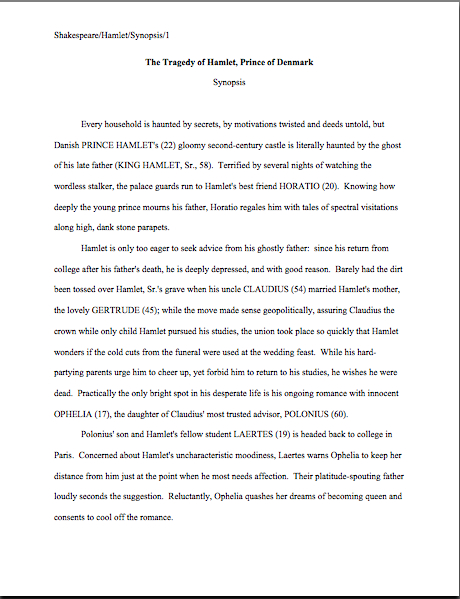
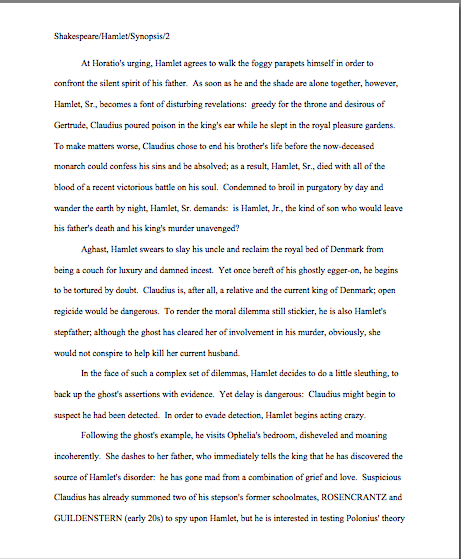
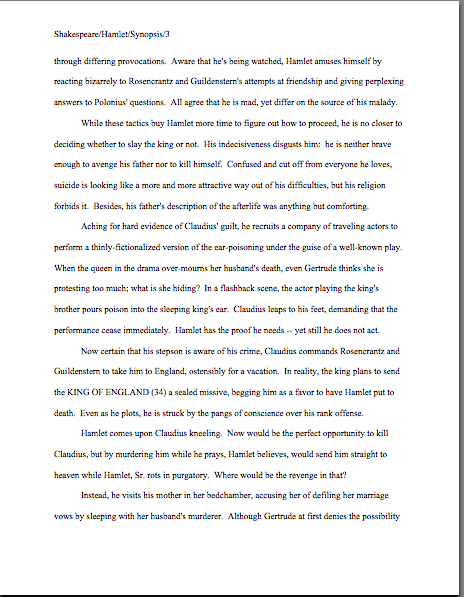
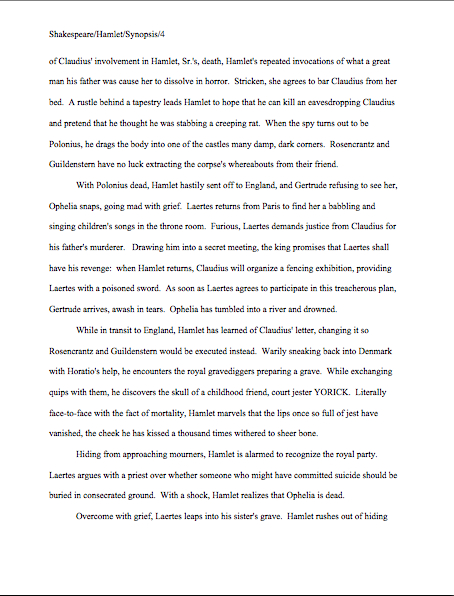
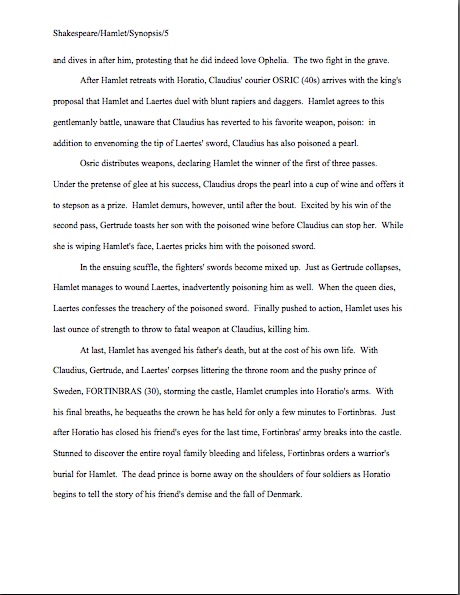
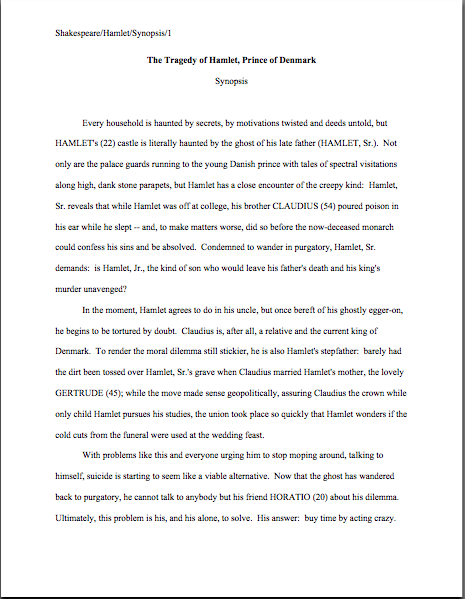
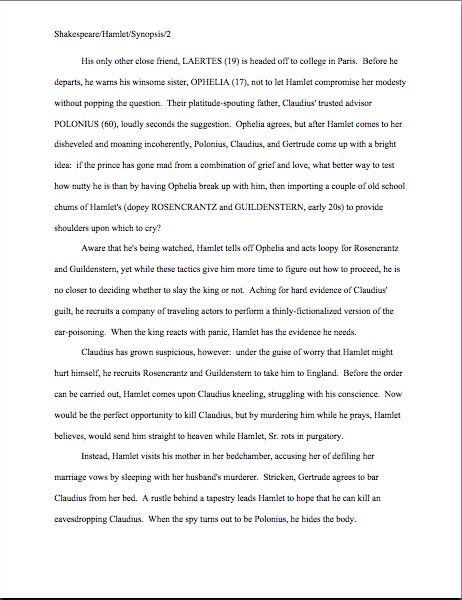
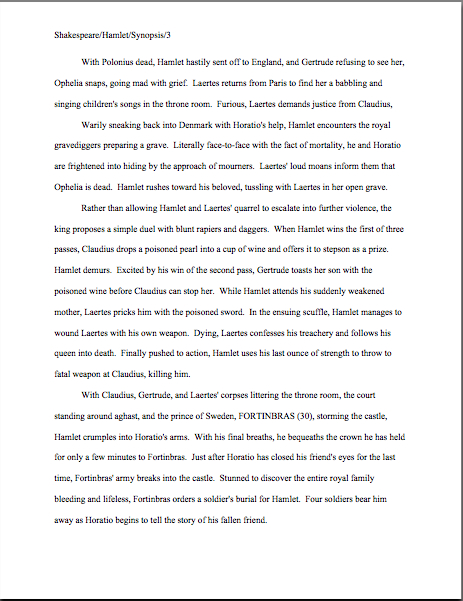










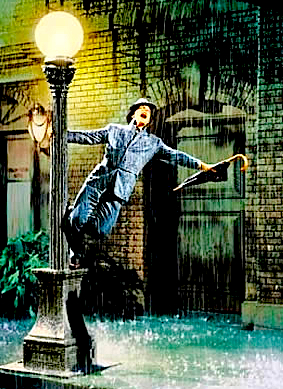
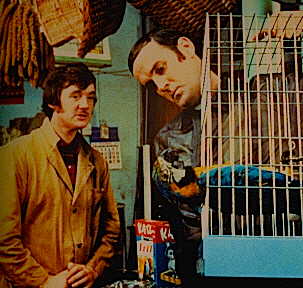

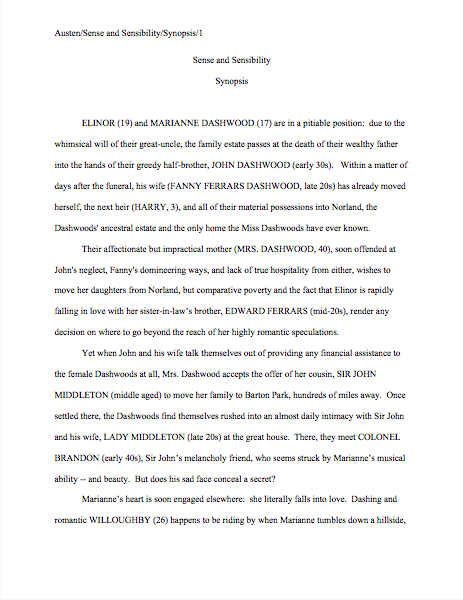
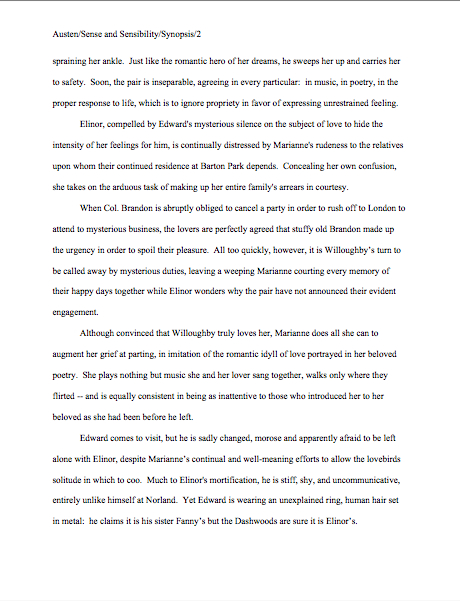
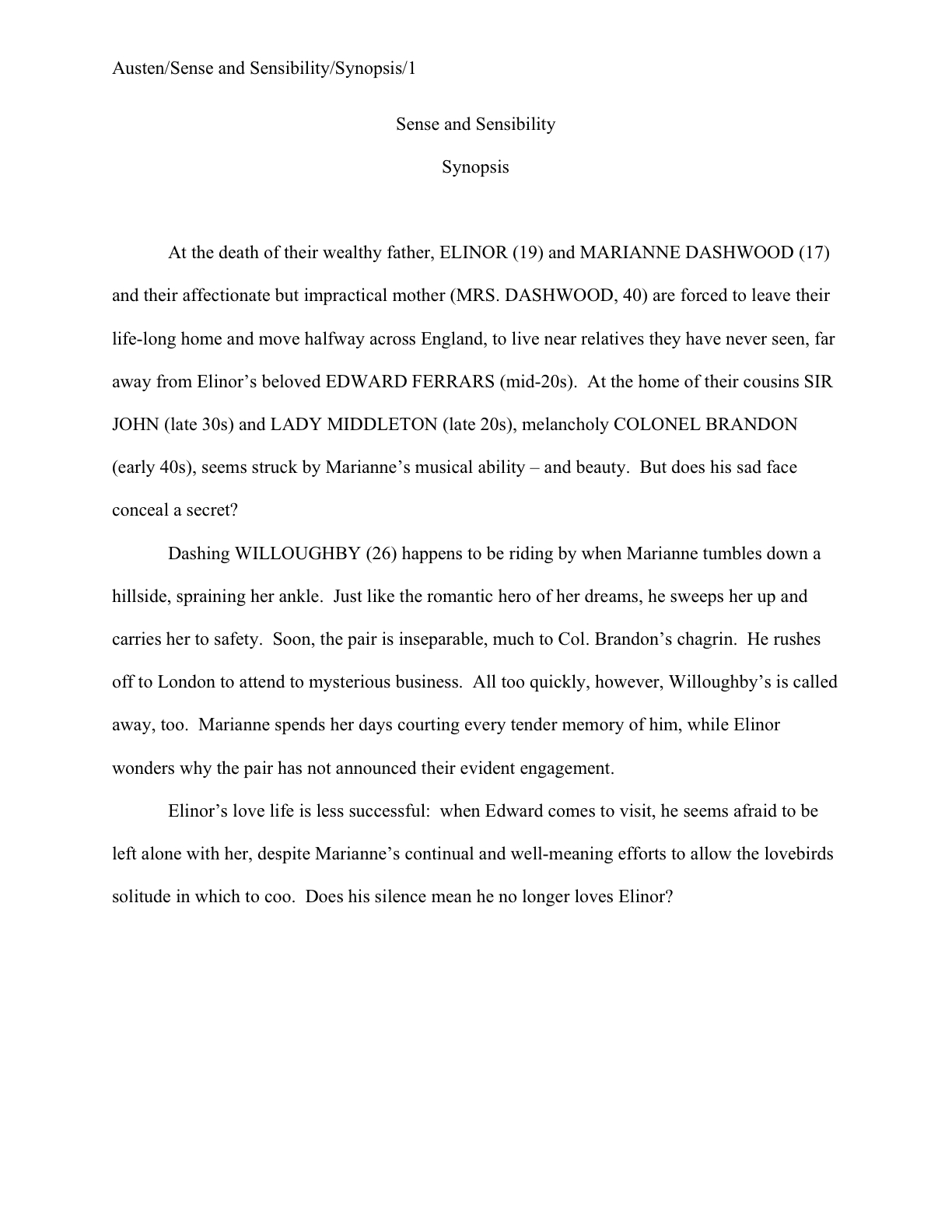

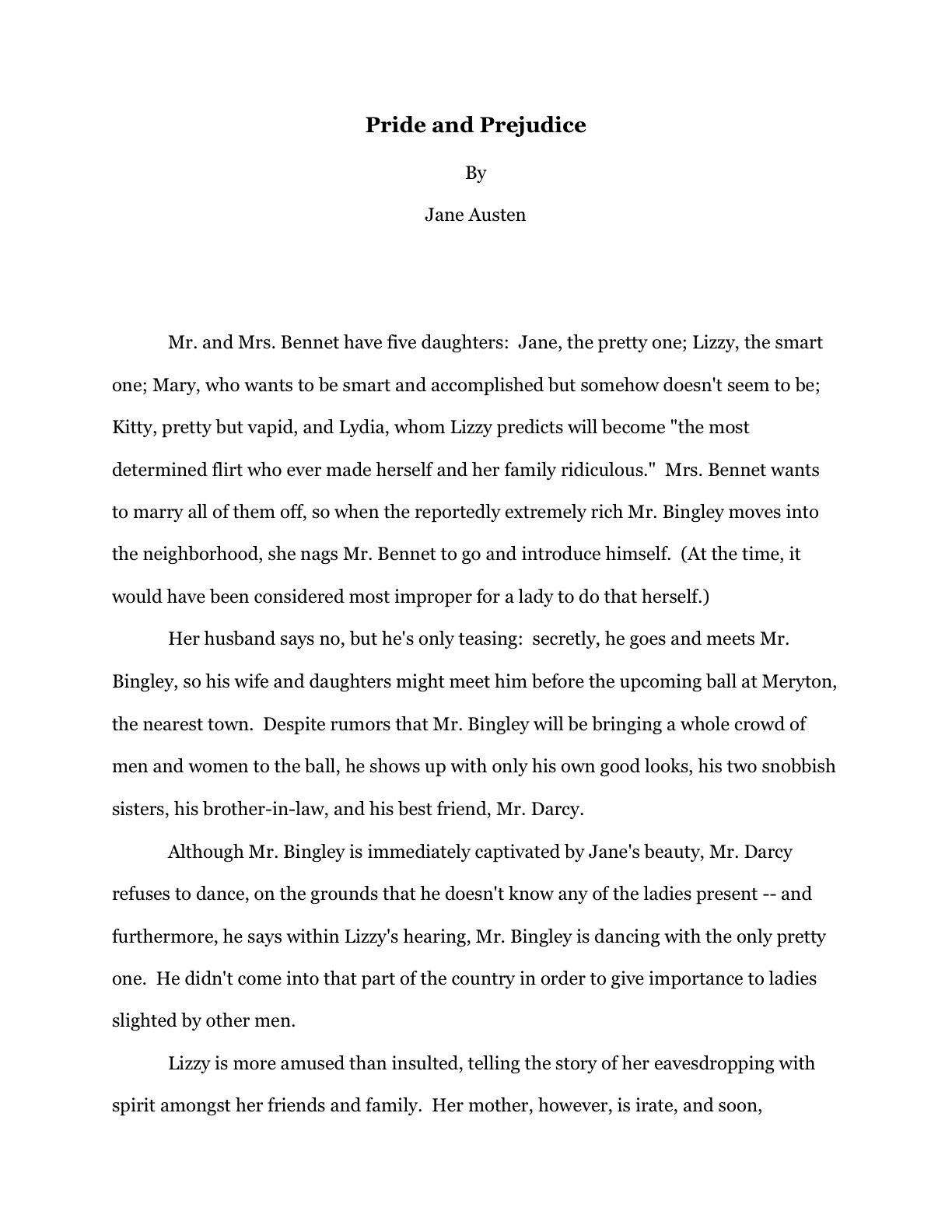
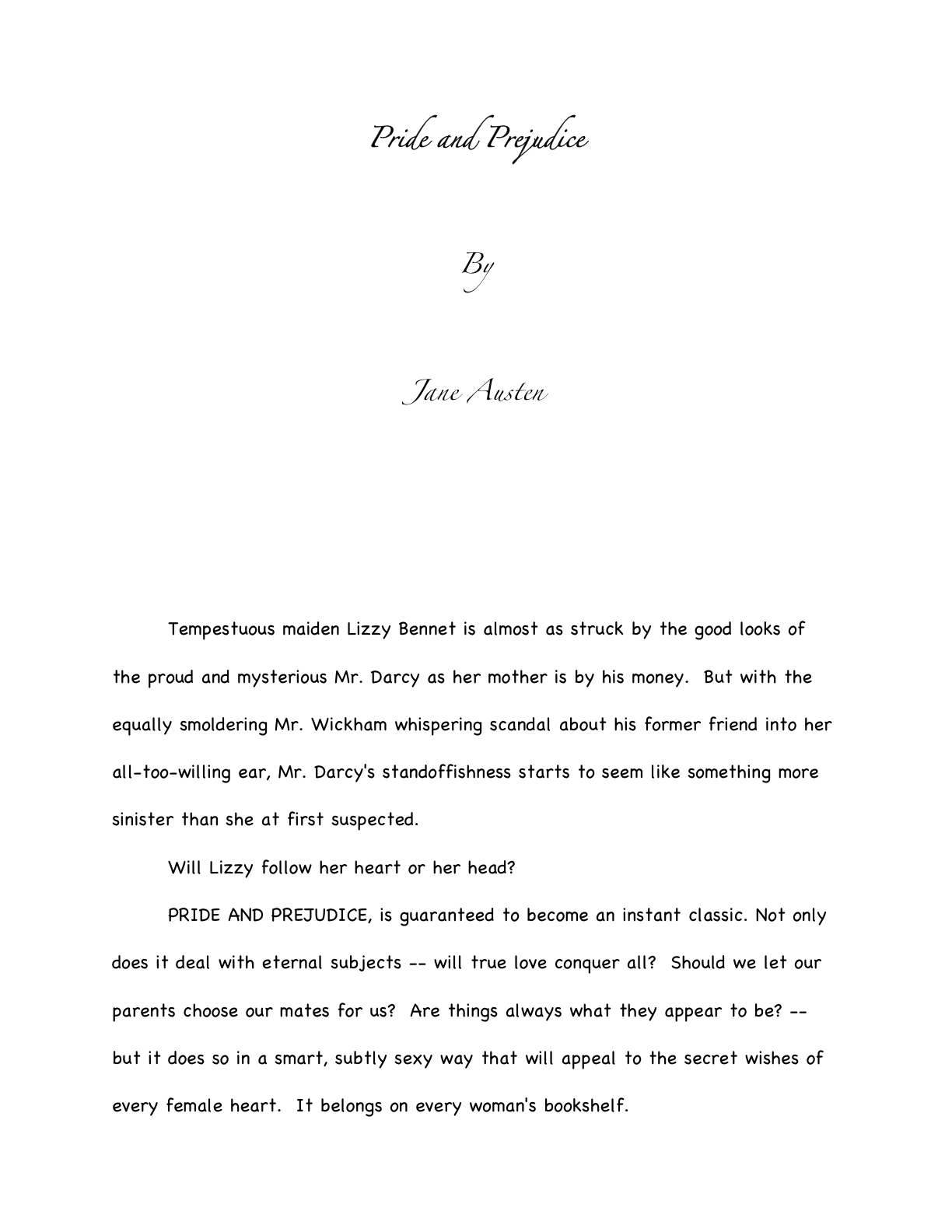



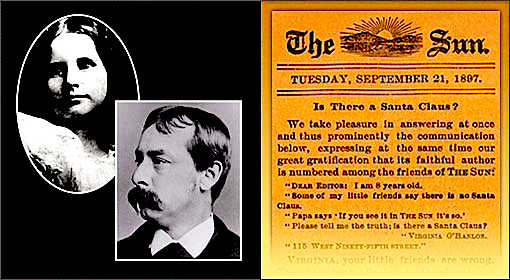

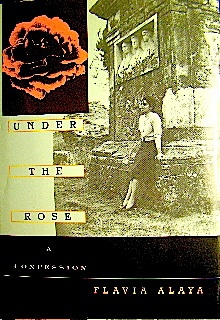


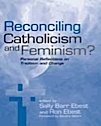

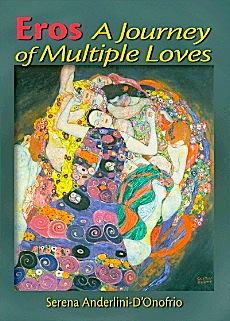



 unfortunately, writers all too often automatically assume that it’s the idea of the book being rejected, rather than a style-hampered querying letter or a limp synopsis.
unfortunately, writers all too often automatically assume that it’s the idea of the book being rejected, rather than a style-hampered querying letter or a limp synopsis.
